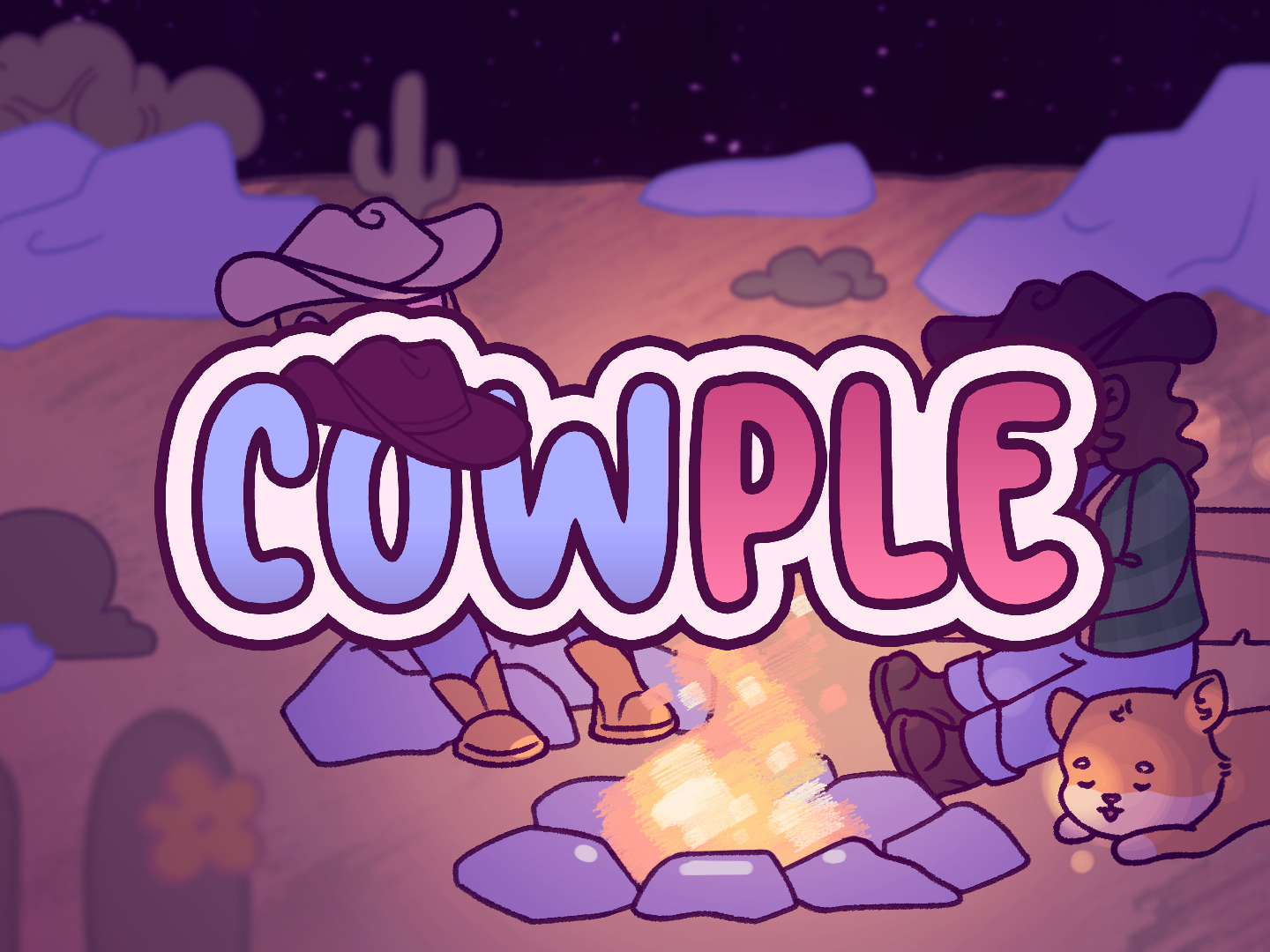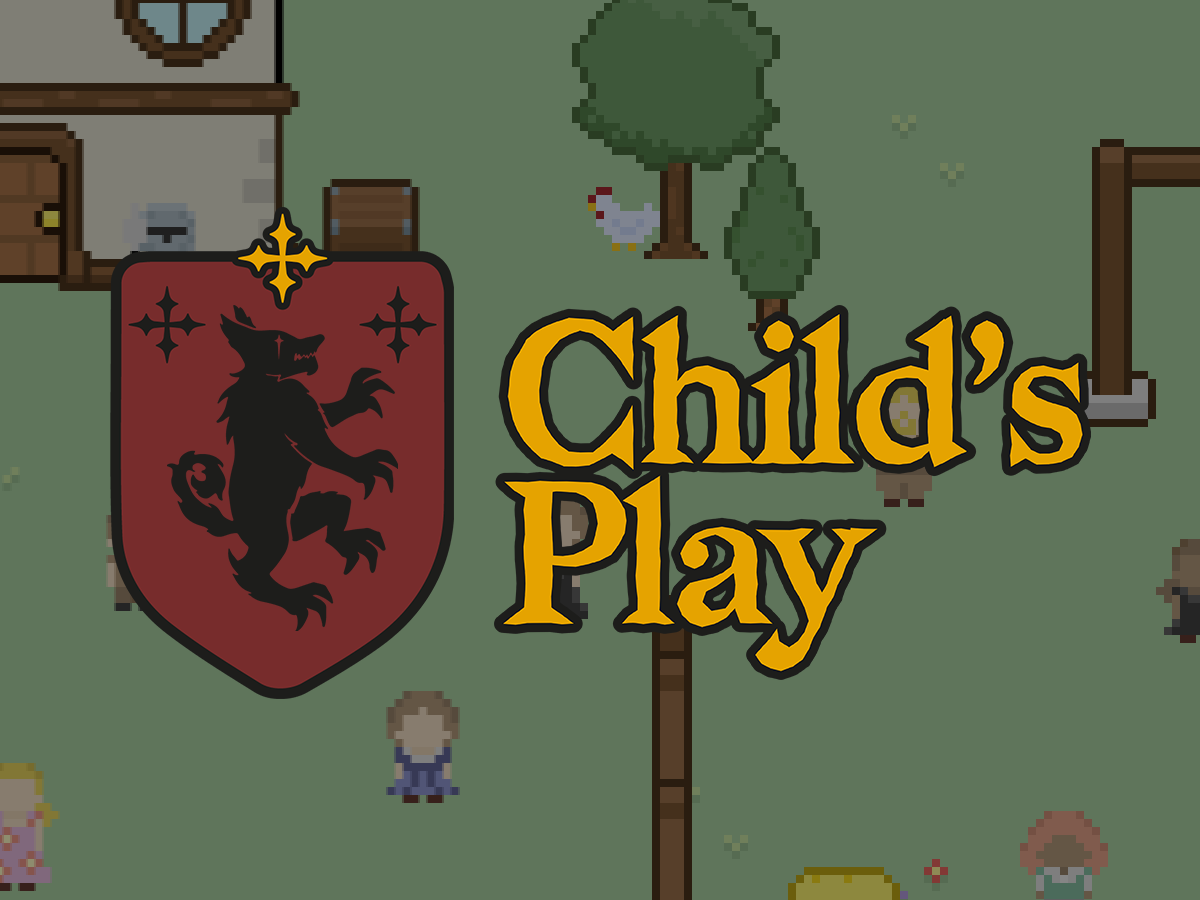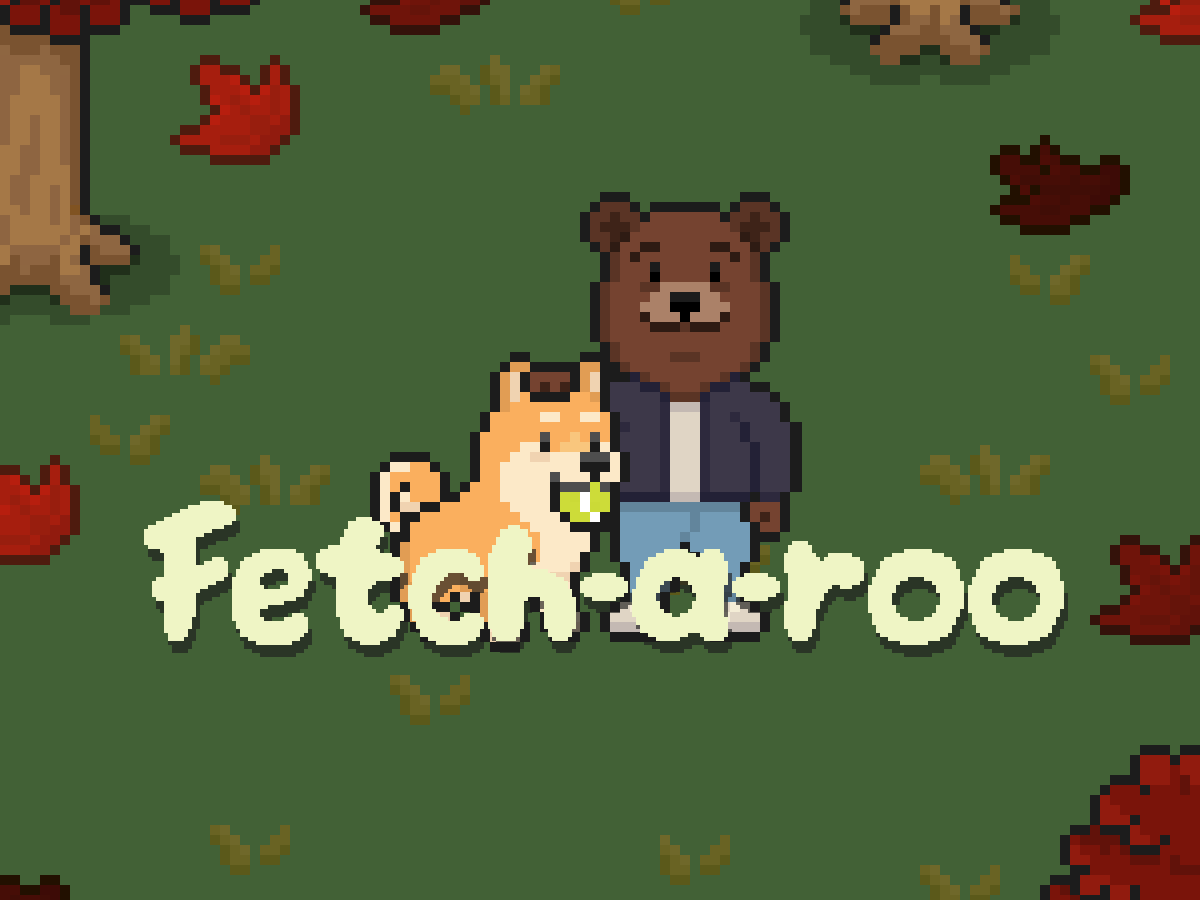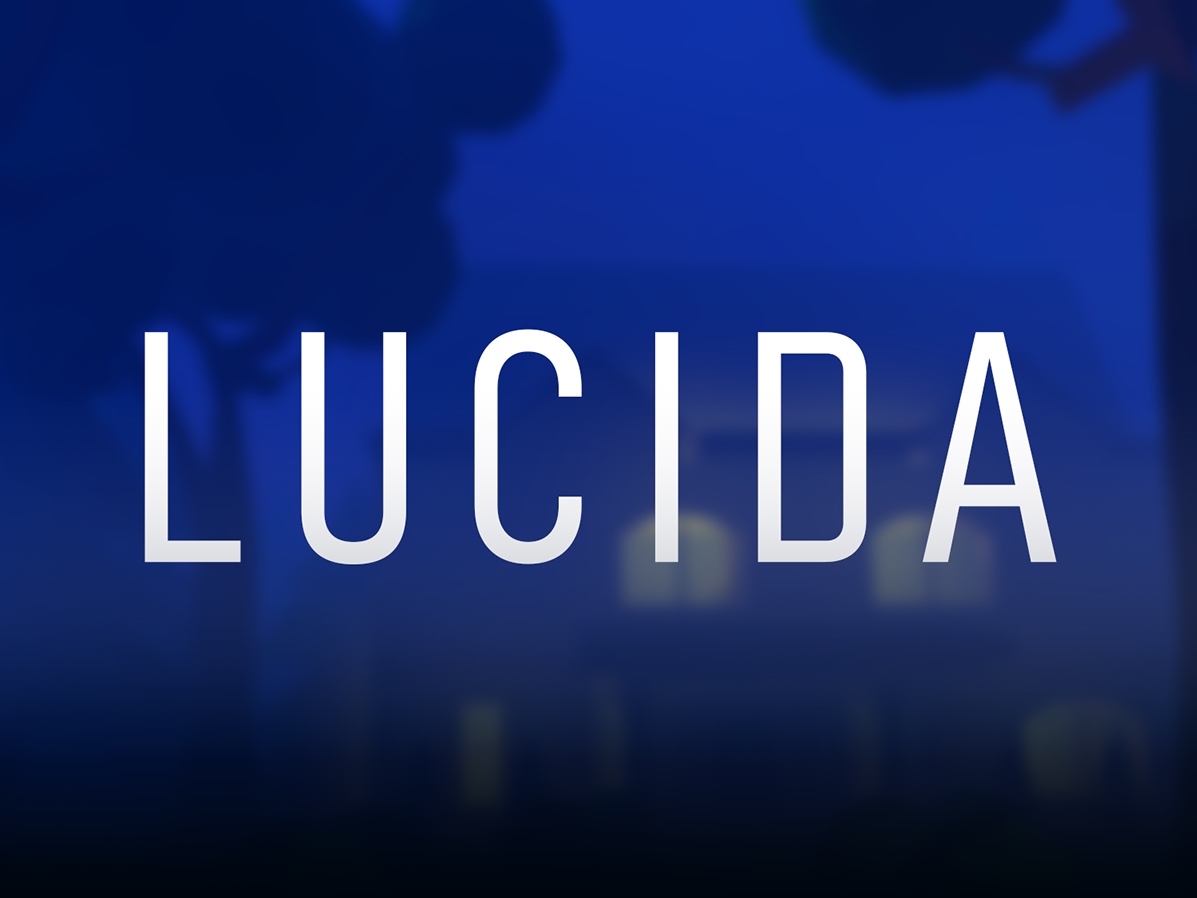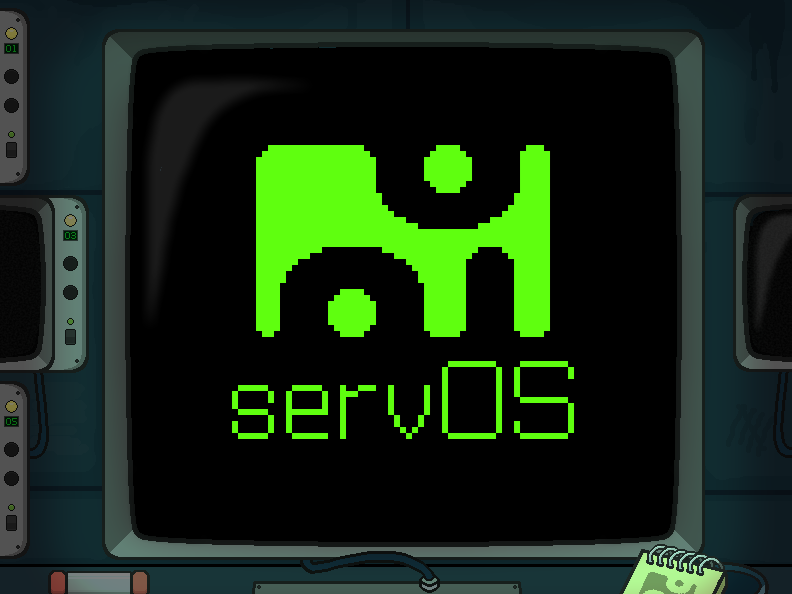Summary
"Herzog" is a puzzle game centered on environmental control and logical problem-solving. Players manipulate water levels using pressure buttons to create new paths, while doors require multiple switches to unlock.
"Herzog" is a puzzle game centered on environmental control and logical problem-solving. Players manipulate water levels using pressure buttons to create new paths, while doors require multiple switches to unlock.
Genre: Adventure, Puzzle
Engine: Godot 4
Team Size: 3
Platform: PC
Engine: Godot 4
Team Size: 3
Platform: PC
Contributions
Game Design
Designed core mechanic of raising/lowering water
Balanced exploration, puzzles, and progression for steady engagement
Aligned mechanics with both challenge and discovery
Aligned mechanics with both challenge and discovery
Level Design
Built interconnected levels where water control opened and blocked paths
Designed evolving water puzzles
Used blockouts to prototype level flow before final detailing
Designed evolving water puzzles
Used blockouts to prototype level flow before final detailing
Programming
Implemented water mechanics and player interactions
Scripted triggers, switches, and progression logic for environmental puzzles
Integrated player feedback systems for smooth transitions between water states
Scripted triggers, switches, and progression logic for environmental puzzles
Integrated player feedback systems for smooth transitions between water states
Art & VFX
Modeled 3D assets for the character and buildings
Created and rigged characters for in-game use
Produced assets for buildings, environmental props, and particle effects
Created and rigged characters for in-game use
Produced assets for buildings, environmental props, and particle effects
Inside the Process
Exploring Water as a Puzzle Mechanic
I started by gathering references and brainstorming with the team. We all shared memories of Zelda’s water temple and analyzed how it turned the environment itself into a puzzle, where water was both a limitation and a way to create multiple solutions. From that discussion I designed the core mechanic of raising and lowering water, planning from the start how it could shape every level and stay fresh across the game. The first level acted as a playground with no real consequences, giving players space to experiment and understand the basics before the difficulty increased.
Designing Doors, Climbing, and Water Controls
From there I defined the systems that would support later puzzles: door mechanics requiring two or more buttons, climbing interactions, and controls to raise, lower, or fully reset the water so players could recover if they made a mistake. Exploration had to unfold at a steady pace, with new mechanics introduced as players progressed and small rewards sprinkled in to keep curiosity high. Each level combined these elements to balance puzzle-solving and discovery, maintaining engagement while gradually increasing complexity.
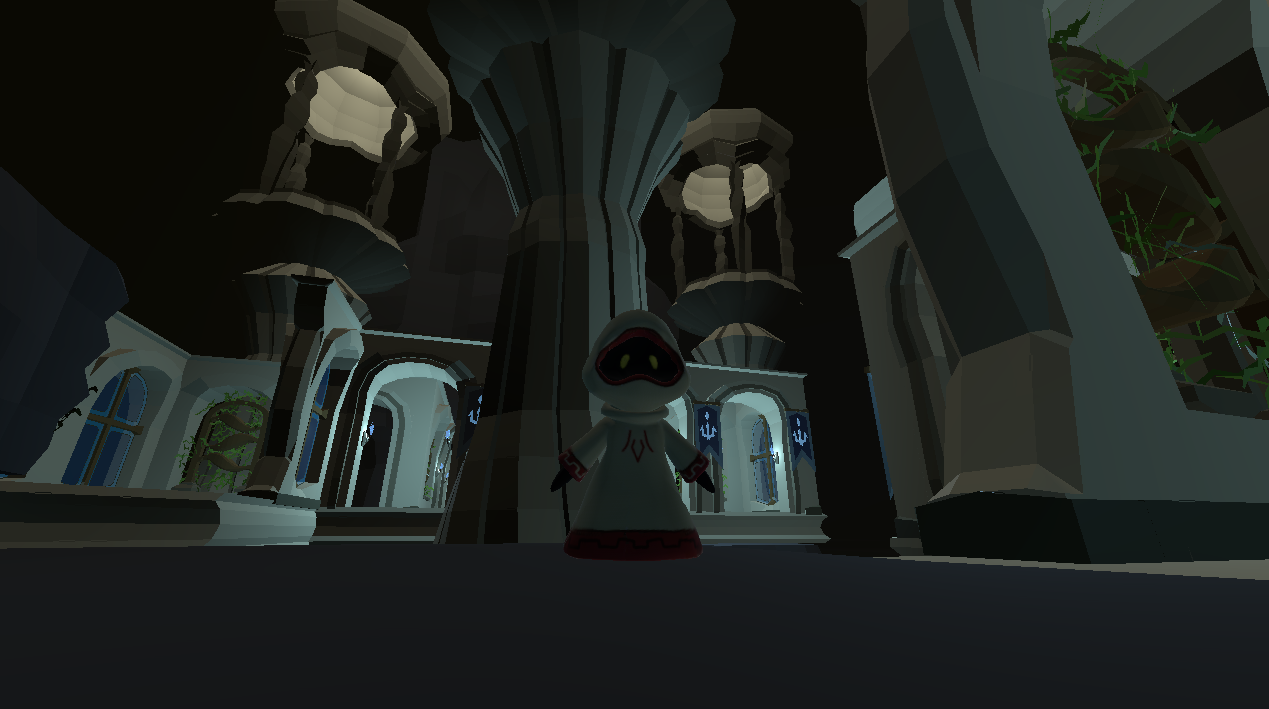
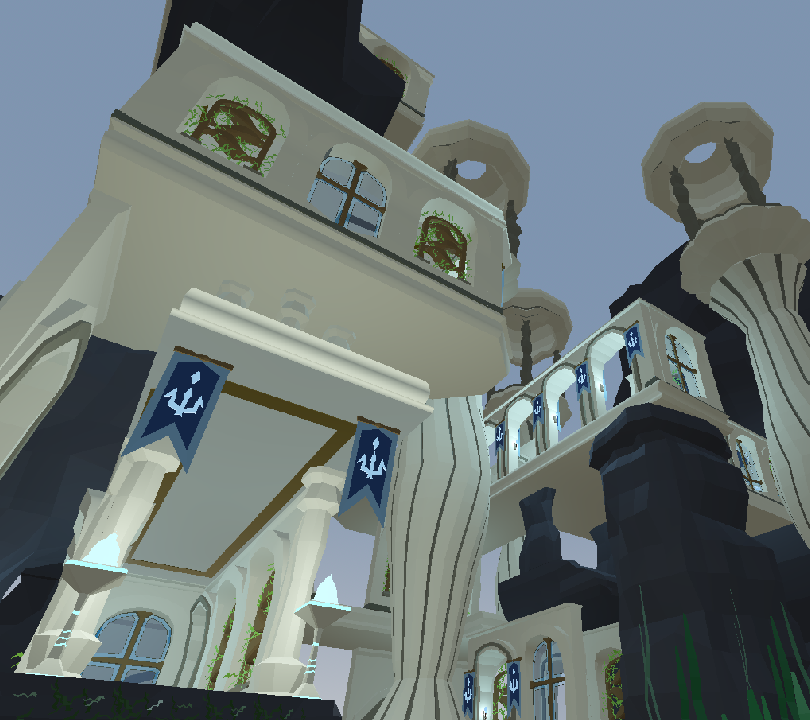
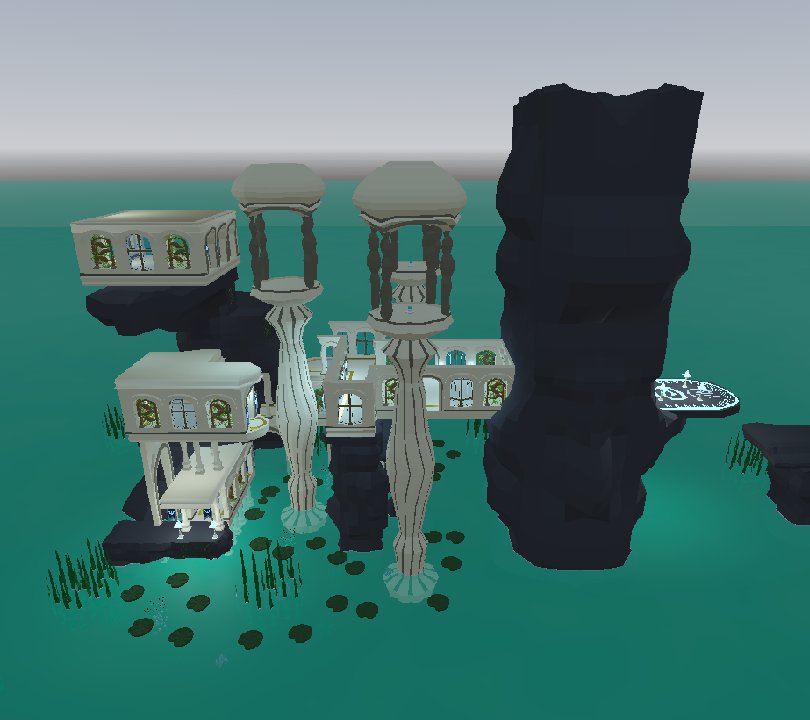
Applying Level Design Theory in a Tutorial Prototype
The scope of this prototype was to apply level design theory in a focused tutorial level. From the start I wanted the player to feel out of place, so I scaled everything far larger than the character, as if walking through the remnants of an ancient civilization. Lighting became my main tool for guidance. I placed lights as breadcrumbs, shrinking and revealing them to direct attention and help players read the environment and distant landscape without breaking immersion. Every detail of scale, light, and pacing was chosen to teach mechanics while reinforcing that sense of mystery and displacement.


